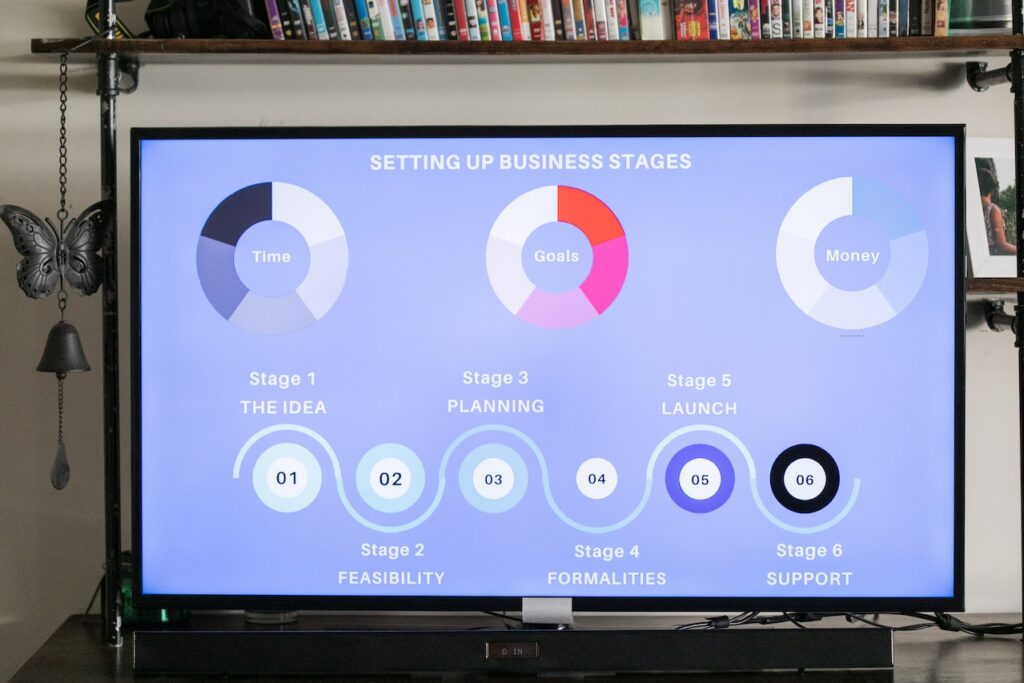In today’s fast-paced digital world, where information overload is a constant challenge, capturing attention and making information memorable can be a daunting task. This is where infographic design comes into play. Infographics are visual representations of information, data, or knowledge that combine text, images, and design elements to convey complex concepts in a concise and engaging manner. In this article, we’ll explore the art of infographic design and how it can make information memorable and shareable.

Simplifying Complexity
One of the key strengths of infographic design is its ability to simplify complex information. By breaking down intricate data or concepts into digestible and visually appealing chunks, infographics enable viewers to grasp the main points quickly. The use of icons, charts, graphs, and illustrations helps to simplify complex ideas, making them easier to understand and remember.
Visual Storytelling
Humans are wired to respond to visual stimuli, and infographics leverage this innate response to tell stories. Through the strategic use of visuals, colors, and typography, infographic design can create a narrative that captivates the viewer’s attention. Whether it’s explaining a process, showcasing statistics, or presenting a timeline, infographics engage the viewer by guiding them through a visual story that enhances their understanding and retention of information.
Enhancing Retention
Infographics are designed to be visually engaging, and this visual appeal contributes to better information retention. Studies have shown that people remember visual content more effectively compared to plain text. Infographics use a combination of text and visuals to create a memorable experience, leveraging the power of both the written word and visual cues to reinforce key information. This increases the chances of viewers retaining and recalling the information presented in the infographic.
Increasing Shareability
Infographics are highly shareable content. They are visually appealing, concise, and informative, making them ideal for sharing on social media platforms, websites, and blogs. Infographics have a higher likelihood of being shared and reshared compared to lengthy articles or reports. When designed effectively, infographics can become viral and reach a wider audience, increasing brand visibility and engagement.
Effective Data Visualization
Infographic design allows for creative and effective data visualization. Instead of presenting raw data in tables or spreadsheets, infographics transform numbers and statistics into visually compelling graphics. Whether it’s a bar chart, pie chart, or infographic-specific visual representations, such as bubble charts or treemaps, data visualization in infographics enhances comprehension and engagement, making the information more memorable.
Consistency and Branding
Infographics provide an opportunity to reinforce brand identity and maintain consistency in visual communication. By incorporating brand colors, fonts, and logos, infographics become an extension of the brand’s visual language. Consistency in design across infographics helps build brand recognition and reinforces the brand’s authority in the industry.
Accessibility and Universal Understanding
Infographic design allows for information to be communicated universally. Visual elements transcend language barriers, making infographics accessible to a global audience. By using symbols, icons, and images, infographics can convey information without relying heavily on written text. This makes them an effective tool for reaching diverse audiences and ensuring universal understanding.
Infographic design plays a crucial role in making information memorable and shareable. By simplifying complexity, employing visual storytelling, enhancing retention, leveraging data visualization, ensuring consistency and branding, and promoting accessibility, infographics engage viewers and leave a lasting impression. Infographics are not only visually appealing but also serve as powerful tools for communication, education, and marketing in today’s information-driven world.





